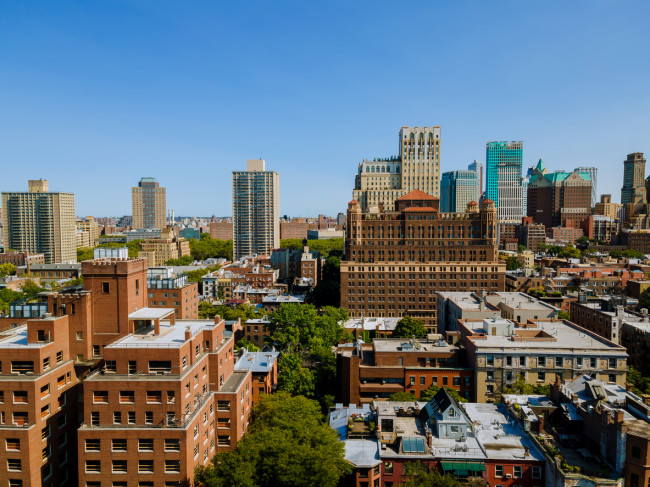NYC launches program to help developers finance new affordable rental developments
- The Mixed Income Market Initiative will provide funds for projects where 70 percent of units are affordable
- HPD will show a preference for rental developments that have the 'deepest affordability levels'

The program takes aim at a handful of neighborhoods with limited affordable housing.
iStock
A new program aims to increase affordable housing development across New York City through city subsidies, tax exemptions, and private financing.
Developers of projects where at least 70 percent of the units are affordable can apply to score city financing through the Mixed Income Market Initiative (MIMI) until Feb. 15th. The city announced MIMI at the end of 2023, a year marked by a slowdown in development after the expiration of the popular 421-a tax subsidy and a dwindling federal tax credit program, The New York Times reported.
“New York City is in the midst of a housing and affordability crisis, so we must explore every creative idea to deliver the relief New Yorkers need,” said Mayor Eric Adams in a December statement.
To qualify for the program, a project’s affordable units must be rent-stabilized for at least 30 years. Rents need to be set at a level affordable to a New Yorker making, at most, 120 percent of the area median income. That would limit rents to a maximum of $2,544 per month for a studio or $3,178 per month for a one-bedroom apartment, for example.
Plus, a quarter of the rent-restricted apartments must be reserved for “extremely low- or very low-income households,” and at least 15 percent of those units need to be set aside for formerly homeless New Yorkers, according to the announcement.
In exchange for the affordable units, developers can score subsidies from the city or an Article XI property tax exemption: a complete or partial real estate tax exemption for up to 40 years. But to benefit from Article XI, the project would have to be carried out by a Housing Development Fund Company, according to the program’s guidelines.
The Adams administration intends to prioritize areas with limited affordable housing, such as the Upper East Side in Manhattan, Red Hook in Brooklyn, and Forest Hills in Queens. In those neighborhoods, developers can use the market rate units “to help finance affordable housing development,” but the program will give preference to proposals “with the deepest affordability levels that also efficiently use public resources,” according to the announcement.
And NYC’s public resources have felt a crunch. The expiration of 421-a, the federally-limited number of bonds the state can issue to fund affordable housing, and rising interest rates have all hurt development in NYC, leaving the city looking for new ideas.
"Solving the housing crisis depends on new solutions, Adolfo Carrión Jr., HPD’s commissioner, said in a statement. “This bold new initiative goes beyond our limited resources and then steps outside conventional financing models to create affordable housing.”































